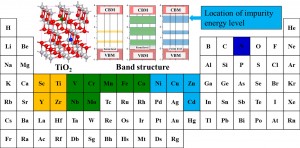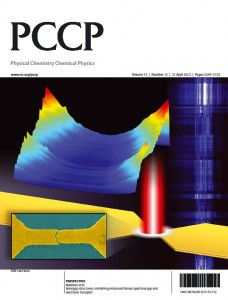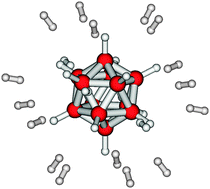The following articles in PCCP were the top ten most accessed in February:
Semiconductor-based nanocomposites for photocatalytic H2 production and CO2 conversion
Wenqing Fan , Qinghong Zhang and Ye Wang
Phys. Chem. Chem. Phys., 2013,15, 2632-2649
DOI: 10.1039/C2CP43524A
Density functional theory for transition metals and transition metal chemistry
Christopher J. Cramer and Donald G. Truhlar
Phys. Chem. Chem. Phys., 2009,11, 10757-10816
DOI: 10.1039/B907148B
Electron transport properties in fluorinated copper–phthalocyanine films: importance of vibrational reorganization energy and molecular microstructure
Fu-Chiao Wu , Horng-Long Cheng , Chen-Hsiang Yen , Jyu-Wun Lin , Shyh-Jiun Liu , Wei-Yang Chou and Fu-Ching Tang
Phys. Chem. Chem. Phys., 2010,12, 2098-2106
DOI: 10.1039/B914720A
Single nanoparticle plasmonics
Emilie Ringe , Bhavya Sharma , Anne-Isabelle Henry , Laurence D. Marks and Richard P. Van Duyne
Phys. Chem. Chem. Phys., 2013,15, 4110-4129
DOI: 10.1039/C3CP44574G
Growth of crystalline rubrene films with enhanced stability
D. Käfer and G. Witte
Phys. Chem. Chem. Phys., 2005,7, 2850-2853
DOI: 10.1039/B507620J
Microsecond folding experiments and simulations: a match is made
M. B. Prigozhin and M. Gruebele
Phys. Chem. Chem. Phys., 2013,15, 3372-3388
DOI: 10.1039/C3CP43992E
Matrix and interaction effects on the magnetic properties of Co nanoparticles embedded in gold and vanadium
M. Ruano , M. Díaz , L. Martínez , E. Navarro , E. Román , M. García-Hernandez , A. Espinosa , C. Ballesteros , R. Fermento and Y. Huttel
Phys. Chem. Chem. Phys., 2013,15, 316-329
DOI: 10.1039/C2CP42769A
Titania supported gold nanoparticles as photocatalyst
Ana Primo , Avelino Corma and Hermenegildo García
Phys. Chem. Chem. Phys., 2011,13, 886-910
DOI: 10.1039/C0CP00917B
Graphene-based electrochemical energy conversion and storage: fuel cells, supercapacitors and lithium ion batteries
Junbo Hou , Yuyan Shao , Michael W. Ellis , Robert B. Moore and Baolian Yi
Phys. Chem. Chem. Phys., 2011,13, 15384-15402
DOI: 10.1039/C1CP21915D
Understanding photosynthetic light-harvesting: a bottom up theoretical approach
Thomas Renger and Frank Müh
Phys. Chem. Chem. Phys., 2013,15, 3348-3371
DOI: 10.1039/C3CP43439G
We hope you enjoyed reading the articles – please sign up for the free PCCP table of contents e-alerts to make sure you keep up to date with the latest research being published in the journal
On behalf of the Editorial Board of PCCP, we invite you to submit your best research to us today!











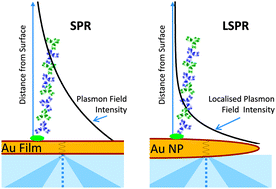 Technology based on surface plasmon resonances and localised surface plasmon resonances is surging. And so is the research into SPR effects, see for instance the recent PCCP themed collection:
Technology based on surface plasmon resonances and localised surface plasmon resonances is surging. And so is the research into SPR effects, see for instance the recent PCCP themed collection: 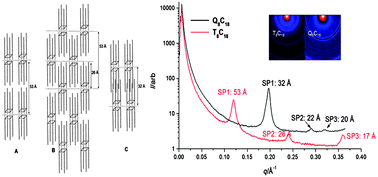

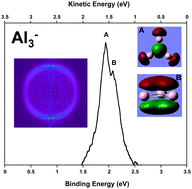 Between bulk metals and their individual atoms lies the murky world of metallic clusters. These often have unique properties, and understanding them is as challenging as it is interesting. Many properties are a direct function of cluster size, and provide important insights into the progression from individual atoms to bulk solids. It is therefore important to ascertain the exact size at which a particle ceases to be classified as a cluster and becomes a bulk solid. This moment can either be measured experimentally or calculated using a theoretical model.
Between bulk metals and their individual atoms lies the murky world of metallic clusters. These often have unique properties, and understanding them is as challenging as it is interesting. Many properties are a direct function of cluster size, and provide important insights into the progression from individual atoms to bulk solids. It is therefore important to ascertain the exact size at which a particle ceases to be classified as a cluster and becomes a bulk solid. This moment can either be measured experimentally or calculated using a theoretical model.